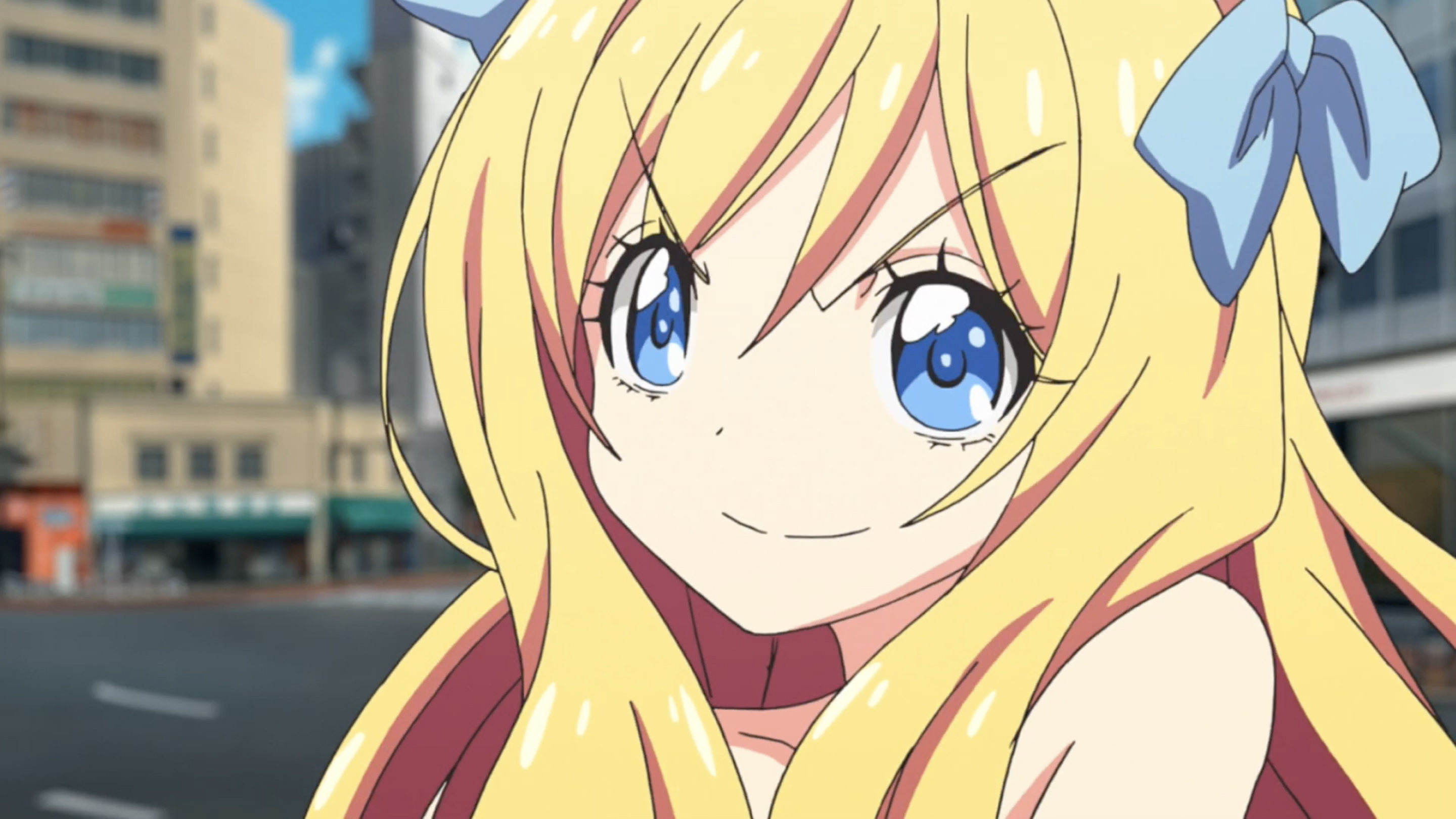#Numazu in the Mirage Review — A Charming Anime Roguelike Deckbuilder

I’ve never paid much attention to the roguelike/roguelite deckbuilder genre popularized by Slay the Spire, and I’ve never really thought about why. Just a brief moment with Yohane the Parhelion: Numazu in the Mirage, however, gave me the answer to that unasked question: these games don’t usually have a charming anime aesthetic and cozy vibe like this one does.
If you’ve no knowledge of the Love Live! multimedia franchise, Yohane the Parhelion is a fantasy-themed spin-off of one of its series, Love Live! Sunshine. Initially just a series of illustrations, Yohane the Parhelion reimagines Sunshine’s high school idols as fortune tellers, demon queens, and fairies. The spin-offs include a manga, TV anime, and a 2D metroidvania. In Numazu in the Mirage, the titular protagonist enters a mirror version of her world to defeat evil doppelgangers of her friends with magical cards and cure them of a life force-draining affliction.

I’m neither a Sunshine nor Yohane fan, but I do like Yumiko Yamamoto’s character designs for the Yohane anime, so I appreciated seeing the Yohane cast in lively 3D cel-shaded form as well as 2D card illustrations. Yohane, a struggling, chuunibyou-like fortune-teller who’s really into the magic card thing, is a particularly fun presence. She strikes a cheeky triumphant pose after a victorious fight, grins like a gremlin half the time she’s on-screen, and sometimes yells the name of the “D-d-d-darkness” Attack card when it’s played.
Numazu in the Mirage’s visual presentation, as well as its relaxing, uplifting fantasy music, provided a welcoming atmosphere I never tired of as I fought citruses, animals, plants, dolls, and hamburgers to reach the bosses. The boss enemies, some of which the story reuses a bit, are each found at the end of a Challenge. Each Challenge presents a randomly generated web of battles, events, shops, and rest spaces. As Yohane makes her way through a Challenge, she gets multiple opportunities to expand her arsenal of Magic Cards, Summon Cards, and passive-granting charms. Most story chapters consist of two or three consecutive Challenges, and on these longer runs, I’d accumulate enough cards and charms that I often received salvation from abilities and perks that I forgot were in my possession.
Combat is mainly about adjusting your priorities based on the situation and your hand, manipulating numbers to make your attacks and defensive shields more potent, and praying that you built the right deck. A battle consists of the player drawing cards, using a limited amount of energy per turn, and reacting to the enemies’ actions before they can knock Yohane out and end a run. The game displays your opponents’ next actions, such as attacks, buffs, and debuffs so you can respond accordingly. I just wish the tooltips would go further and explain the consequences of status effects before, not after, you get hit by them.

Magic Cards are broadly categorized as red Attack Cards and blue Spell Cards, and the bevy of sub-abilities that come with most cards makes further classification an exercise I won’t bother with. You might die quickly if you overcommit to Attack cards, but aiming for a battle of attrition generally isn’t wise unless you manage to craft a deck that fully supports that playstyle. (I did once, and it was wonderful.) Summon Cards are separate from your deck and are used to temporarily call in manifestations of Yohane’s friends, who provide effects that can be literal game-changers.
When starting a run, you can pick between the Balance deck or the Power deck. Most of the Balance deck focuses on utilizing cards with more straightforward applications, while most of the remainder proved too fiddly for my tastes. The Power deck, which is unlocked roughly halfway through the story, places higher emphasis on using card ability synergies to boost damage and gives the player more access to cards with buff and debuff effects. As a whole, I prefer the Power deck, but I still enjoyed the Balance deck since it had more than enough cards I liked to make up for my disinterest in the fiddly side.

While I expected more deck types from the game, I felt that there’s ultimately enough variation among the existing 150+ cards to keep the ad hoc deckbuilding fun and interesting for a while. Some cards get stronger (and some, weaker) with each use, are usable only when all other cards in your hand are Attack or Spell, or become cheaper to use when a specific condition is met. Rarer abilities let you duplicate other cards or select a card from your deck to add to your hand. The variety felt a bit overwhelming during my first session. While I quickly got used to it thanks to my experience with tabletop wargames and a past dalliance with the board game/deckbuilder hybrid Warhammer Underworlds, I still found that picking a new card to loot or buy always felt like a measured decision.
On top of all these mechanics, the Balance and Power decks also have a respective attribute mark, which can be found on some of their cards. (What the respective attributes are named, I have no idea.) So far, I’ve only seen one card per deck that interacts with these. Power’s “An Inviting Light” is quite fun to use — it starts with six damage and adds two damage per attribute card in the deck — but the attribute mechanic ultimately feels wafer-thin compared to the combo-crafting and synergy planning of everything else.
The best moments of Numazu in the Mirage came when the charms, my deck, and the RNG of the draw allowed me to pound enemies into sparkly dust through turn-extending combos. For almost all my runs, I relied on cheap yet reliable and easy-to-use cards — there’s a surprisingly high number of these — that I further enhanced through charms and synergy. I also picked up charms and cards that can replenish and/or increase the energy pool or trigger additional card draws. Things got ludicrous during one long boss fight where I duplicated a special card called “Macarons” that reduces the energy cost of another card to zero. This card was added to my hand every seven turns by a charm, so I eventually ended up with even more of it. By the end of the battle, I was abusing the boss with a deck composed entirely of free and one-energy cards, although my overconfidence left me victorious with just one point of health remaining.

Between runs, you can redeem rewards for completing Requests, which are essentially a mix of story objectives and challenges. You usually receive points, which you can spend on permanent health increases, temporary bonuses, and a handful of otherwise locked cards and charms.
You can also buy alternate outfits, which can get pretty pricey. These outfits determine your starting charm and one of the three starting non-basic Attack/Shield cards. Annoyingly, the game doesn’t let you know what card and charm an outfit comes with until you’ve handed over the dosh. Luckily, one of the Steam store screenshots displayed info for the Maid Uniform costume, which I skipped. Instead, I bought the Little Devil costume. Its starting card, “Whispers of Darkness,” is my favourite in the game: it places a random Attack card in your hand and reduces its cost to zero. Even better, “Whispers of Darkness” itself becomes free when upgraded.

It took me around 20 hours to finish the story mode on Normal, the hardest of the three difficulties. Easy and Easy+ give you a charm that improves stats and draw numbers. A slightly tougher post-story mode can extend the playtime further. The story, which features partial voice-acting, is simple and doesn’t require intimate knowledge of the characters and their relationships to follow, though non-Love Live fans will have to refer to the Character Index to learn their basic profiles. Apart from a rare bug — which I encountered twice — that messes with the display alignment of the cards in your hand, and ignoring the multiple defeats I suffered, my runs went smoothly, even on my four-year-old entry-level gaming laptop.
I usually keep a distance from anything roguelike as the permadeath aspect just doesn’t appeal to me, but Numazu in the Mirage was genuinely hard to put down. I’d keep telling myself that I’d take a break after a battle or shop visit, only to submit to the temptation to click on just one more space. A late-stage defeat might sting, but I would still be raring to start another run.
I wouldn’t be able to say that if the gameplay was boring, and I assume that the difficulty here is much gentler than a typical roguelike deckbuilder, but the contribution of the atmosphere — created by the cel-shaded anime-style models, the pleasant company of the soundtrack, the character designs and color palette, and Yohane’s mannerisms — to the game’s charm shouldn’t be understated either. Playing the game was like being embraced by a nice, comfy couch, and I enjoyed every second of it.
Yohane the Parhelion: Numazu in the Mirage is now available on Nintendo Switch, PlayStation 5, and Steam.
If you liked the article, do not forget to share it with your friends. Follow us on Google News too, click on the star and choose us from your favorites.
If you want to read more anime-manga articles, you can visit our anime-manga category.




